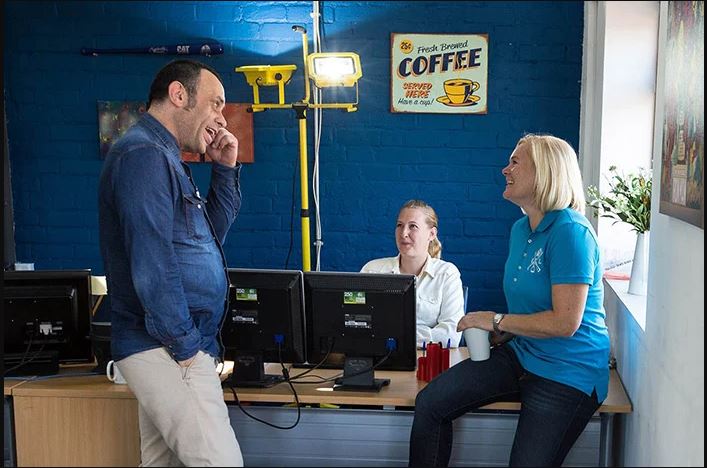Evaluating the work environment is often taken to involve auditing, barometers and diagnostics of the work environment.
Evaluating the work environment amounts to assessing social life within the company. In other words, evaluating a company’s work environment means taking its pulse – an objective process that sits alongside intrinsically subjective perceptions.
HR indicators for evaluating the work environment
The idea here is to build a dashboard for monitoring trends in typical indicators. For example, you can analyse:
- Conventional turnover (staff rotation rate),
- Stability (how many employees are still with the company after a certain period of time),
Absenteeism indicators such as absence time vs theoretical time, number of absences vs staff numbers.
Assessing how the work environment is perceived
Based on open and closed measurements, this assessment provides a high level of detail on the work environment. It gives clear insight into how each employee perceives their work environment. Gathering and analysing transcripts provides specific examples that are often very useful when put into context.
Prerequisites for examining the work environment
Le premier objectif d’une démarche de mesure du climat social est d’obtenir des informations sincères afin de pouvoir s’appuyer sur des données de qualité et ainsi mettre en évidence des problématiques justes. Une des conditions à cette sincérité est l’anonymat et la confidentialité. Evidemment, une entreprise parfaite devrait être un endroit où chacun peut s’exprimer librement et sincèrement sans aucune crainte. Dans le doute, autant sécuriser le process.
A. What points are examined when evaluating the work environment?
There are many varied ways to leverage perception of the work environment. As many as possible of these should be examined so as not to miss out on a key characteristic dimension.
It is therefore important to look at different areas to cover all aspects of the problem. For example, the survey can investigate recognition, social inclusion, the pride of belonging, management quality, working conditions, justice and fairness, the company’s values and of course involvement and engagement.
B. Who takes part in the social barometer?
Everyone should be invited to take part. If the population is well-characterised, the comprehensive number of respondents allows for sorting and enables you to better understand each group of individuals according to their hierarchy, place of business, line of business, seniority, age, etc.
C. Communication, a guiding principle
Whatever the results or the issues raised, using the social barometer always has an impact. As Paul Watzlawick of the Palo Alto School once said, “one cannot not communicate”. Therefore, communication is essential to identify why you have decided to use a social barometer, how you intend to use it, and the results, consequences and actions to be taken. Making the decision to carry out an assessment is in itself a managerial act that needs to be supported.
The work environment creates a virtuous circle
At Bleexo, we believe that to assess the work environment we need to build a virtuous circle between stakeholders with the common goal of ensuring well-being at work and what are often diverging or even antagonistic objectives. Evaluating the work environment is thus a first step in improving the work environment for all, improving quality, creativity, corporate leadership and hence profitability.
You only need to remember one equation:
QWL = Engagement = Profitability


